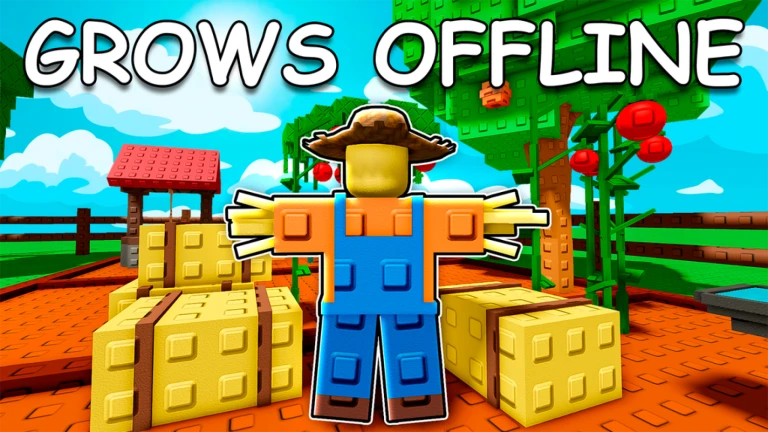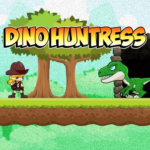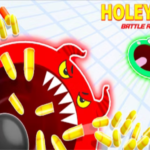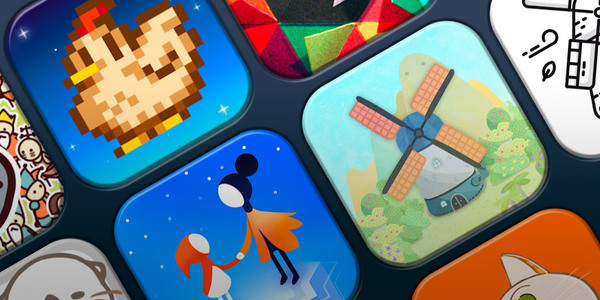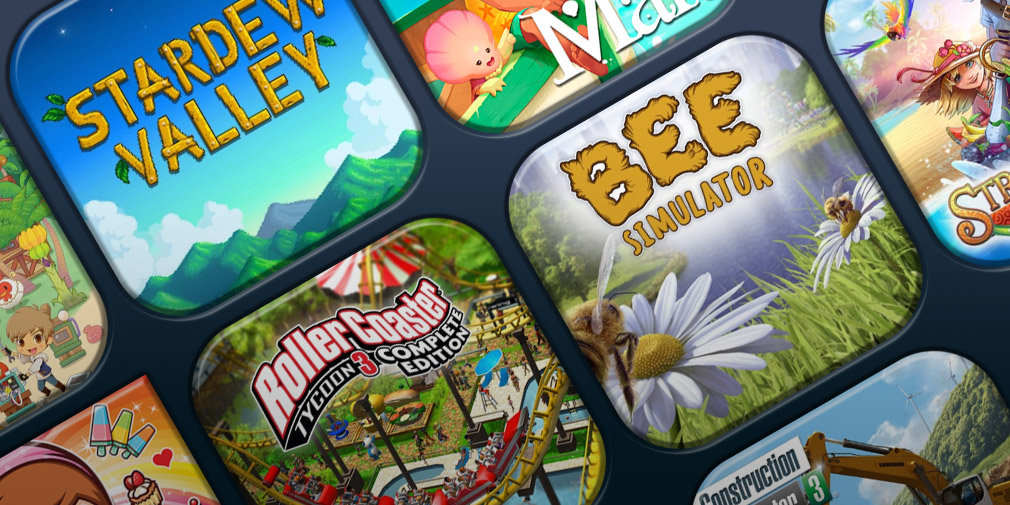In the ever-evolving universe of Roblox games, few titles have captured players' attention as rapidly and profoundly as Grow A Garden Jungle. Launched in March 2025 by a teenage developer, the game has grown into a viral sensation, breaking concurrent user records and redefining how casual farming sims can thrive within social sandbox platforms. Combining idle gardening mechanics with randomized crop dynamics, seasonal events, and cooperative creativity, it has become more than just a farming sim—it’s a thriving ecosystem. This article breaks down Grow A Garden Jungle across ten core chapters of development, gameplay, culture, and industry influence.
1. Genesis and Meteoric Rise (March – May 2025)
Created by a Teenager, Loved by Millions
In late March 2025, 16-year-old developer BMWLux released Grow A Garden, a simple farming game initially built over a few days. It featured basic seed planting, harvesting, and Sheckle-earning mechanics. Thanks to its idle-friendly design and charming visual loop, it quickly struck a chord.
Breaking Records Within Weeks
By mid-May, the game hosted 8.9 million concurrent players. Just weeks later, it shattered platform records with 16.4 million concurrent users—outpacing even Fortnite’s peak. By July, it had become a milestone in Roblox history.
2. Core Gameplay Loop and Garden Mechanics
Planting, Harvesting, and Sheckles Economy
Players begin with humble plots, planting carrots, strawberries, and tomatoes. These yield Sheckles—used to unlock new seeds, tools, and land expansions. Multi-harvest crops such as blueberries are key for maximizing profit.
Idle Growth and Optimization
What makes Grow A Garden especially accessible is its AFK play style. Even offline, crops grow. Players can return to fully matured fields, allowing both active players and casual users to thrive.
3. Jungle Expansion: Exploration and Ecosystem Depth
Soil, Water, and Nutrient Mechanics
With the Jungle update, gardening grew more complex. Soil quality, hydration, and pest control introduced a mini-ecological simulator, requiring smarter resource management.
Biomes and Flora Customization
New biomes—lush with exotic trees, waterfalls, and jungle creatures—unlocked both new crops and aesthetic tools. Players could now customize their gardens with fences, gazebos, and ambient effects.
4. Mutation Mechanics: Weather, Sprinklers, and Profits
Weather-Based Crop Mutations
Natural elements such as moonlight, rain, and storms randomly trigger crop mutations. These alter both appearance and value. Moonlit Blueberries or Blood Moon Pumpkins fetch massive profits.
Sprinkler Upgrades
Sprinklers come in tiers—Basic to Godly—with increasing mutation chances and radius. Proper irrigation boosts crop yield and opens the door to stacking rare combinations.
5. Pets and Passive Boosts
Pets That Power Your Garden
Every pet gives bonuses—like the Black Bunny’s carrot multiplier or the Sea Otter’s fruit acceleration. These are especially important for maximizing revenue from mutation crops.
Seasonal Pets and Limited Editions
Limited-time events introduce exclusive pets—Toucan, Seal, Orangutan—that not only provide functional benefits but also serve as prestige collectibles.
6. Events, Seasonal Updates, and Developer Strategy
Weekly Events Fuel Momentum
Events like Mega Harvest or Summer Jungle not only introduce seeds and pets but keep gameplay fresh. With two teams dedicated to updates, content drops happen weekly.
From Gifting to Trading
Responding to feedback, the developer reintroduced pet gifting and is preparing for official trading features—indicating a growing economic layer beyond passive farming.
7. Monetization, Economy, and Bot Market
Robux Monetization and Ethical Concerns
While the game is free-to-play, it offers optional Robux purchases for seed boosts, exclusive pets, and aesthetic upgrades. Some players argue that monetization pressures younger audiences to spend.
Secondary Markets and Stock Influence
Despite Roblox’s restrictions, underground trade markets emerged. Interestingly, Roblox’s stock rose 4% in July—partly credited to Grow A Garden’s influence on platform engagement and premium currency usage.
8. Community, Guides, and Shared Strategies
Collaborative Strategy Culture
Fan sites like TheGamer and Bluestacks offer in-depth strategies—from efficient sprinkler layouts to best mutation combinations. Discord servers host garden showcases and seed swap events.
Social Gaming Without Conflict
Private servers enable peaceful farming among friends. No griefing, no theft—just collaborative gardening. Players share tricks, such as when to harvest for maximum moonlight exposure.
9. Technical Performance and Accessibility
Smooth Across Platforms
Whether on PC, Xbox, or mobile, Grow A Garden maintains smooth performance. Load times are short, interface is intuitive, and updates rarely introduce bugs.
Designed for All Ages
Accessible controls, age filters, and tutorial pop-ups ensure even players under 13 can enjoy the game safely. Visual cues make learning fun, and idle mechanics reduce frustration.
10. Challenges, Criticisms, and Industry Impact
Repetitive Loops and Monetization Fatigue
Some veteran players note the loop becomes repetitive, especially without new events. Robux items offer clear advantages, raising concerns over pay-to-win imbalances.
Safety and Inflation Concerns
Allegations of bot farming and unsafe trades have plagued the community. Roblox has largely confirmed the user surge was organic, but unofficial marketplaces continue to stir concern.
Inspiring the Industry
Despite drawbacks, Grow A Garden Jungle is hailed as a new Roblox blueprint. It proves one person can launch a hit rivaling AAA titles—with updates, live ops, and a passionate fan base.
Pro Tips for Aspiring Gardeners
-
Focus on multi-harvest crops like blueberries early on.
-
Camp the Seed Shop refresh (every 3–5 min) to grab rare drops.
-
Time harvests with natural events for mutations (e.g., thunderstorm = Shocked crops).
-
Use private servers during events to avoid theft and maximize loot.
-
Invest in sprinklers and pets before buying cosmetic items—these increase long-term efficiency.
Conclusion
Grow A Garden Jungle is more than a Roblox game—it’s a testament to what digital creators can achieve with the right mix of simplicity, surprise, and sustained care. While rooted in casual farming, it has evolved into a layered experience rich in customization, strategy, and community storytelling. It exemplifies modern game development: fast, flexible, and user-led. Yet it also reminds us of the responsibilities tied to such scale—balancing monetization, managing safety, and preserving fun for all. Whether you’re a new gardener or a jungle veteran, this game is a fertile space where creativity grows wild.

